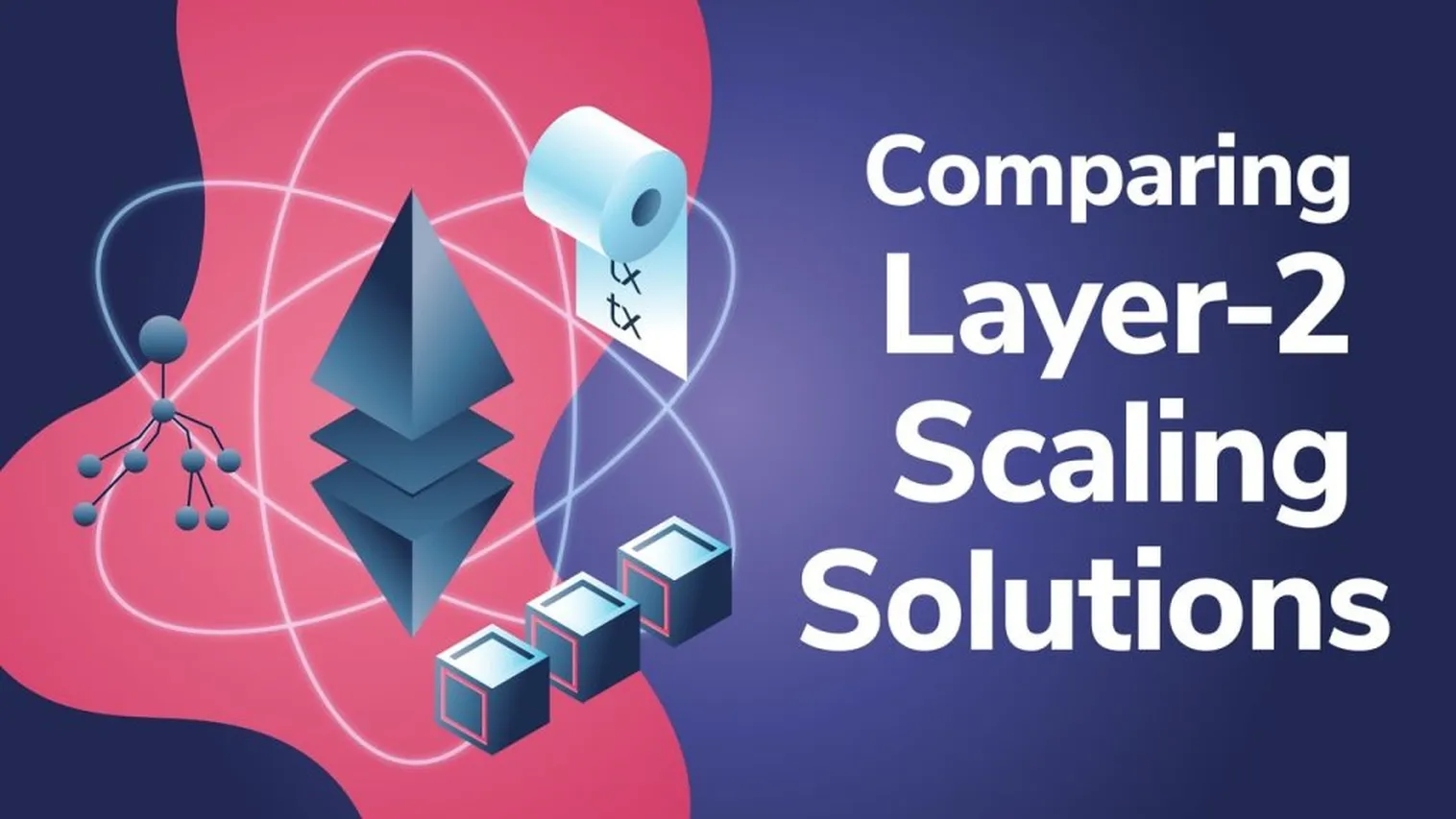With the rise of decentralized applications on the Ethereum network, the issue of high gas fees has become a significant concern for users and developers alike. ETH Gas Station has been a go-to resource for monitoring gas prices and optimizing transaction costs on the Ethereum blockchain. However, as the demand for more efficient and cost-effective solutions grows, the spotlight has shifted towards Layer 2 scaling solutions.
Layer 2 solutions offer a promising path towards enhancing Ethereum’s scalability by moving transactions off the main chain, thereby reducing congestion and lowering fees. These solutions aim to improve the overall user experience by increasing transaction speed and throughput while maintaining the security and decentralization of the Ethereum network. As the Ethereum ecosystem continues to evolve, the integration of Layer 2 solutions is poised to play a pivotal role in addressing scalability challenges and fostering wider adoption of decentralized applications.
Understanding ETH Gas Station
ETH Gas Station is an essential tool for
monitoring gas prices on the Ethereum network. It provides real-time
insights, helping users optimize
transaction fees. Visit
ETH Gas Station for more information.
Challenges posed by high gas fees
ETH Gas Station plays a crucial role in monitoring gas prices on Ethereum. However,
high gas fees remain a significant challenge for users looking to optimize transaction costs. These fees can fluctuate wildly, impacting the affordability and speed of transactions on the network.
| High Gas Fees Statistics |
| Average Gas Price: 100 Gwei |
| Gas Limit: 15 million |
| Transaction Fees: $20-$50 |
- Users experience frustrations due to uncertainties in gas fee estimations.
- High gas fees can lead to delays or cancellations of transactions.
- The need for efficient gas fee management tools becomes more pressing.
For more information on gas fees, visit
ETH Gas Station.
Introduction to Layer 2 solutions
Layer 2 solutions enhance speed and scalability
while reducing transaction costs. They work alongside
the main blockchain, offloading some of its processes. By doing this, users can enjoy
faster transaction times and lower fees. Notable examples include
state channels and sidechains.
| Layer 1 |
Layer 2 |
| 15 TPS |
3,000 TPS |
| On-chain |
Off-chain development |
| Slower |
Faster and cheaper |
Learn more about Layer 2 solutions at
ETH Gas Station.
How Layer 2 Solutions Enhance Scalability
How Layer 2 solutions enhance scalability
Layer 2 solutions
boost network scalability by
offloading transactions to secondary chains for
faster processing. They
complement the main blockchain, reducing congestion and
lowering fees significantly.
| Parameter |
Layer 1 |
Layer 2 |
| Transactions per second (TPS) |
15 |
Thousands |
| Development processes |
Slower |
Faster |
Importance of integrating Layer 2 solutions in Ethereum ecosystem
Layer 2 solutions improve transaction speed, reduce fees, and scale Ethereum. They enable thousands of TPS
vs. 15 TPS on Layer 1.
| Parameters |
Layer 1 |
Layer 2 |
| Transactions |
15 TPS |
Thousands TPS |
| Speed |
Slow |
Fast |
| Fees |
High |
Low |
Conclusion
Integrating Layer 2 solutions into the Ethereum ecosystem is crucial for enhancing transaction speed, reducing fees, and scaling the network effectively. With the ability to achieve thousands of transactions per second, Layer 2 solutions offer faster processing speeds and lower fees compared to traditional on-chain transactions. This scalability solution is a game-changer for the Ethereum network, paving the way for a more efficient and cost-effective transaction environment. By embracing Layer 2 technologies, Ethereum can address the challenges of scalability and provide users with a seamless and optimized experience. Investing in Layer 2 solutions is key to unlocking the full potential of Ethereum and ensuring its competitiveness in the rapidly evolving blockchain landscape.
Frequently Asked Questions
What is the focus of the article?
The article focuses on integrating Layer 2 solutions into the Ethereum ecosystem to improve transaction speed, lower fees, and scale the network effectively.
How does Layer 2 compare to Layer 1 technologies?
Layer 2 solutions can achieve thousands of transactions per second (TPS), providing significantly faster processing speeds and lower fees compared to the 15 TPS on Layer 1.
What benefits do Layer 2 solutions offer?
Layer 2 solutions offer faster and more cost-effective transactions, exceeding the capabilities of traditional on-chain transactions in terms of speed and efficiency.
